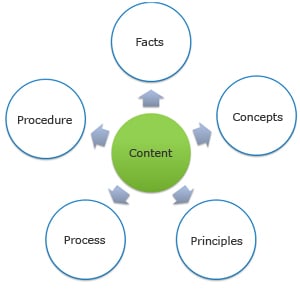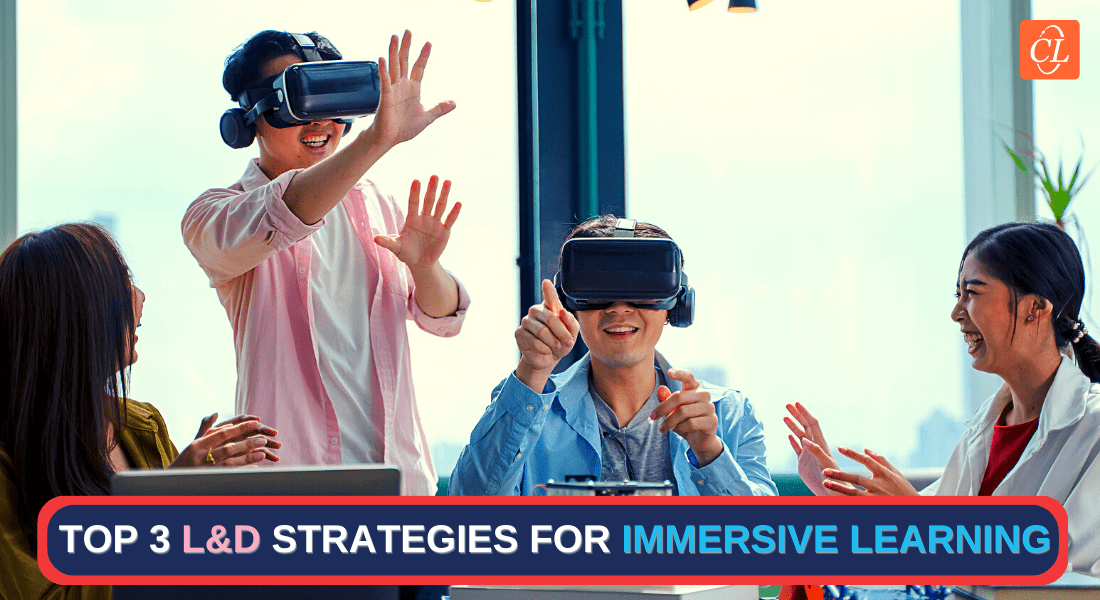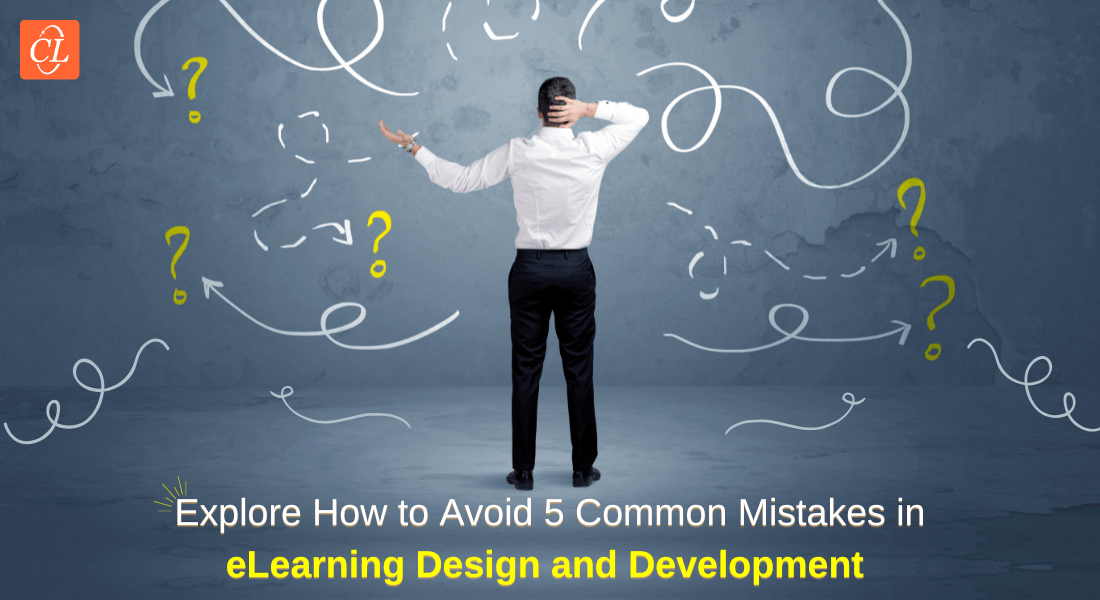How to Design Your E-learning Based on the Content Type?
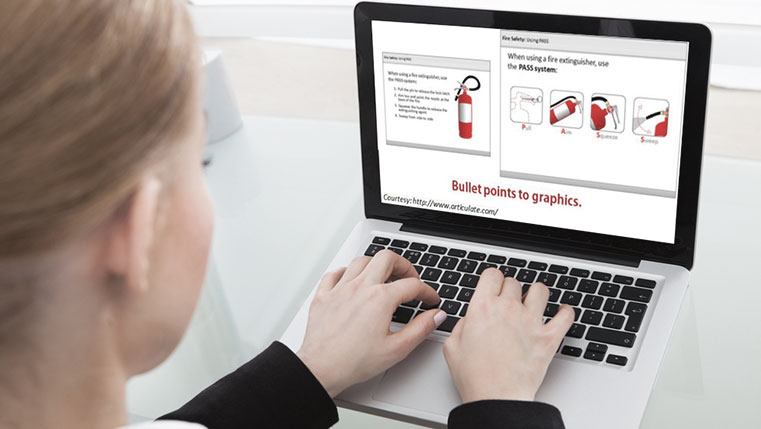
As a training manager, before planning your training program, you may take a look at the training content, and plan a training strategy accordingly. The same applies to an eLearning course – understanding the nature of the content, the purpose of the course, and applying instructional design principles are essential to creating an engaging eLearning program. So, what are the content types that have an impact on the design of an eLearning course?
→ Download Now: Instructional Design Strategies to Design Engaging eLearning Courses
Content can be divided into five different types. They are as follows:
1. Facts:
Facts are unique data that need to be memorized and recalled in their exact form. They are informational, and therefore, could be essential for an employee in doing his job. Content used for safety, or compliance training could fall into this category. Content needs to be reinforced and repeated throughout the program for better retention. Job aids such as downloadable posters, tips or reference material, will be added assets to help learners remember facts.
2. Concepts:
Concept is an idea that expresses the manner in which something can be done or accomplished, which will result in an acceptable procedure. Here, in order to ensure that the learner understands the concept being taught, he needs to be taken from the ‘known’ to the ‘unknown’. The knowledge and comprehension levels of the learners would have to be considered by the eLearning developers before designing the course.
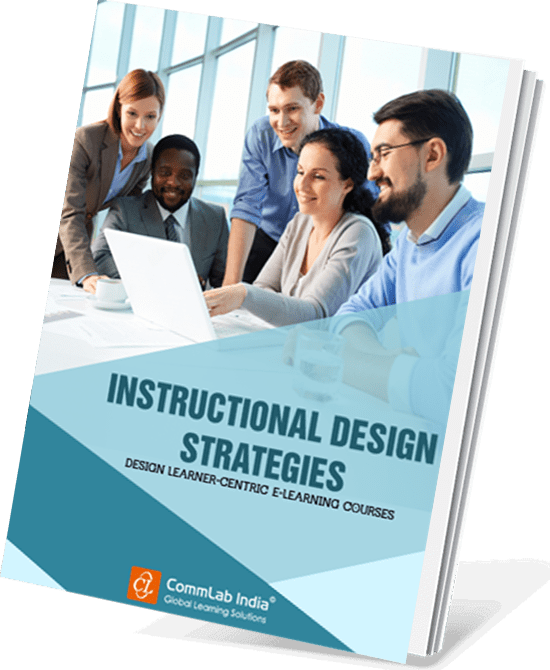
Instructional Design Strategies to Design Engaging eLearning Courses
Design Learner-Centric eLearning
- Importance of ID Strategies in eLearning
- Parameters to Select the Right ID Strategy
- ID Strategies for Effective Results
- Case Studies
3. Principles:
Principles are nothing but rules that guide certain actions, or explain the changes that occur in a given situation. Cause-and-effect relationships need to be used to interpret the events. Scenarios are useful to explain cause and effect relationships, as they are more likely to be remembered by learners.
4. Process:
A process describes how a system or equipment functions. It may not necessarily be a chronological sequence of the steps involved, but the content could be a continuum of actions over a period of time. Graphics and simulations are effective instructional design strategies to demonstrate processes in eLearning.
5. Procedure:
Procedure is a sequence of steps to be taken for solving a problem, or accomplishing a task, for a given objective. In service oriented industries such as Banking or Insurance, an employee might have to be trained in all the steps involved in either loan disbursement, or issuance of an insurance policy. Checklists or steps in the form of short quick modules which can be easily accessed, are great to help familiarize procedures. Some organizations use mLearning effectively for this purpose.
Understanding content type is a crucial part of instructional design and helps you create courses that align with the course objective. It is therefore a good idea to analyze your content, and decide to which category it belongs. Once you know the content type of the course, you can review the “learning design”, and analyze its suitability and effectiveness to the target audience.


